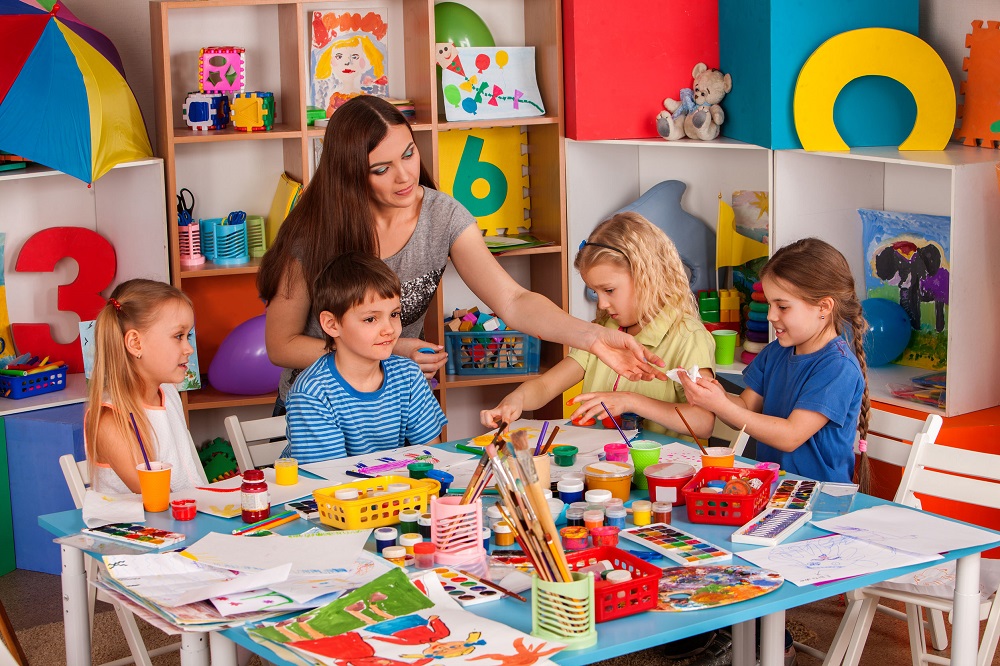When it comes to keeping children safe at school, safety is of utmost importance. The safety of the children should be of utmost concern for both the teachers and the parents. Ensuring a safe environment for children can only be achieved when a school has a safe environment policy in place. This policy lays down guidelines on keeping children safe online and at school, as well as how such safety is ensured.
All schools must have an online safety policy in place to ensure child safety while playing online games or doing homework. It also ensures keeping children safe while they are traveling to and from school, as well as during breaks and over weekends, etc. Let’s understand all the requirements of keeping children safe in education through an extensive blog on what the law says and what you can do to keep your child safe at school.
Ensure safeguarding and meet online requirements
In the UK, children’s rights are safeguarded in law by the Children Act of 1989. This sets out the basic rights of children in England, Wales, and Northern Ireland. Schools are required to take reasonable steps to safeguard children online under section 29 of the Act. This includes notifying parents of their child’s online activities, and taking appropriate precautions to protect children from online risks.

Schools must also comply with all relevant EU data protection laws when collecting and using personal information from children. This includes taking steps to keep personal information secure and safeguarding access to personal information by others. Schools must also ensure they have effective internet safety policies in place, as well as a process for identifying and addressing any issues regarding internet safety with pupils.
Schools should also be aware of their legal obligations when safeguarding children online. It’s important that schools make sure they’re complying with all relevant regulations to protect young people online.
Types of violence against school children
There are several different types of violence against school children. Physical violence includes hitting, kicking, and pulling a child by the hair. This type of violence is often caused by fights between peers or by an adult’s anger toward a child.
Sexual violence includes making sexual advances toward a child, exposing a child to pornography, or any other form of sexual assault. This could be part of a larger pattern of abusive behavior, such as forcing a child to watch sexual acts or harm animals.
Bullying is another type of violence against school children. This can include any kind of physical, verbal, or social harm inflicted on a child in school. It can also include making children afraid to attend school or spreading rumors about a child online or offline.
Taking children against their will is another type of violence against school children. This includes removing a child from school without proper authorization from authorities. It could involve an adult or older sibling taking away a younger one’s access to education or belongings without consent.
These are just some of the many different types of violence against schoolchildren that must be addressed and prevented through effective policies and practices.
How can schools protect their students?
Schools must develop a safety plan that focuses on the various risks to students. This includes keeping students safe from harm on the premises, such as in case of an emergency or natural disaster, and ensuring safe entry and exit of students at all times. Schools must also train their staff in emergency response procedures and follow them during incidents.
Schools must also make sure that all safety features are functioning properly, including locks and alarms. Schools must maintain records of incidents and injuries to ensure accountability and prevent future occurrences.
The law requires schools to equip their buildings with safety features that respect the safety of students and staff, particularly at schools with more than 500 students. These include security screens, locks, alarms, access controls, surveillance cameras, intercom systems, and other similar features. Furthermore, schools must have a policy in place for reporting safety concerns to authorities. They must also develop a safety plan that addresses the various risks to students.
What should parents do to keep their children safe in school?
In the U.S., the No Child Left Behind Act (NCLB) requires all schools to have a safety plan in place. Schools must conduct safety assessments and develop a safety management plan with input from stakeholders, such as teachers, students, parents, and administrators. Schools must review their safety plans periodically to make sure they are keeping abreast of current safety best practices.
Schools must take appropriate action when there is a concern about a student’s safety or well-being, such as contacting the parents of students with disciplinary problems or reporting concerns to local authorities. The school has a legal obligation to provide a safe and secure environment for students. That includes keeping safe and healthy facilities, providing age-appropriate educational material, and properly staffing and training staff members.
Parents are also responsible for monitoring their children at all times and reporting any concerns to school staff immediately. Schools must provide a safe and healthy environment for students, but they cannot restrict access to educational materials based on religion or other factors without informing parents first.
Parents have the right to know what is going on inside their child’s school and to ask questions about it. They should be willing to actively participate in their child’s education by keeping informed of issues affecting their school and asking relevant questions when necessary.
How can parents make their children safe when attending school?
It is the responsibility of parents to keep their children safe at school. Depending on the school, parents can implement a number of safety measures, such as keeping their children away from violent situations and keeping them out of hot weather. Schools have a legal duty to provide a safe learning environment for all students, which includes keeping buildings safe and secure.
Schools must also ensure that students are provided with a conducive and comfortable learning environment. This includes providing adequate lighting and ventilation during summer months, access to safe drinking water, and proper nutrition. Schools must also provide access to bathrooms, as well as safe playgrounds and sporting facilities.
When children are absent due to illness or injury, parents must notify the school of their whereabouts in a timely manner. Parents should also take care to ensure their children’s safety at all times, especially when they are at school.
Conclusion
School violence is a growing concern in our country. The protection of children from harm and exploitation is a statutory obligation of all schools, but ensuring safety can be a challenge. Our children are vulnerable to serious harm at school, and we must do everything we can to ensure they are safe. This includes keeping children safe from physical violence and threats of sexual violence and keeping them safe from online abuse and exploitation. If you have more questions about keeping children safe in school, comment below. We’d be happy to help!





